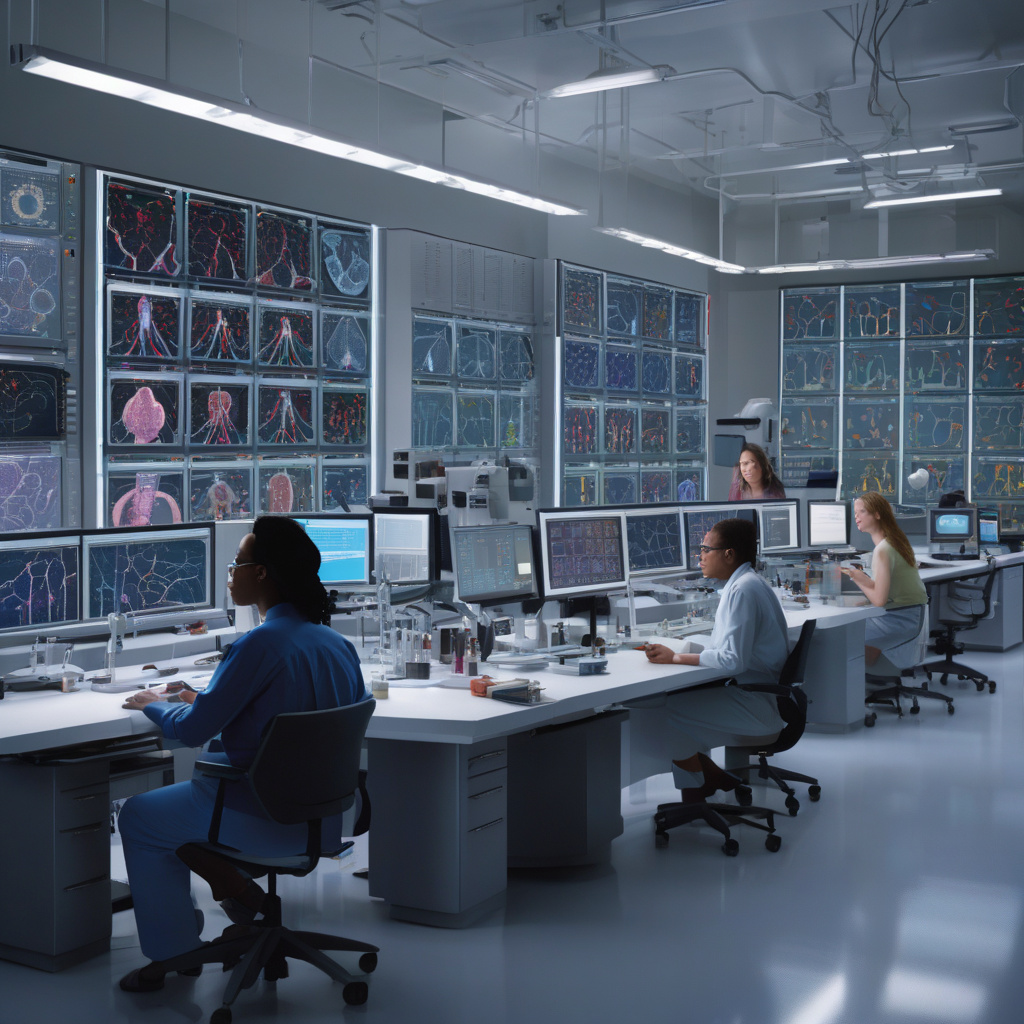Unlocking the Power of Inner Speech: How Researchers are Harnessing Brain Signals to Restore Speech for Disabled Patients
In a groundbreaking development, researchers have pioneered a new brain-computer system that has the potential to revolutionize communication for individuals with paralysis. This innovative technology aims to decode the inner speech of disabled patients, offering a promising alternative to laborious and often frustrating methods of spoken communication.
For individuals who have lost the ability to speak due to conditions such as locked-in syndrome or severe physical disabilities, traditional forms of communication can be slow, exhausting, and limited in effectiveness. Tasks that most people take for granted, such as expressing basic needs or engaging in conversation, can become monumental challenges for these individuals. However, the emergence of brain-computer interfaces (BCIs) is opening up new possibilities for restoring speech and enhancing quality of life.
The new brain-computer system works by interpreting the brain signals associated with internal speech processes. By analyzing neural activity, the system can decipher the words that a person is thinking, allowing them to communicate without the need for vocalization. This represents a significant advancement in assistive technology, offering a direct and intuitive means of translating thoughts into speech.
One of the key advantages of this technology is its potential for real-time communication. Unlike existing assistive devices that rely on eye movements or muscle contractions, the brain-computer system enables users to express themselves more quickly and naturally. By tapping into the rich neural signals that underlie speech production, individuals can convey their thoughts with greater fluency and efficiency.
Moreover, the ability to decode inner speech has far-reaching implications beyond basic communication. Researchers envision a future where BCIs can be used to control external devices, navigate digital interfaces, or even compose written text through mental dictation. This level of integration between the human brain and technology holds promise for enhancing autonomy and independence for individuals with severe disabilities.
The potential impact of this technology extends beyond individual users to encompass caregivers, healthcare providers, and society at large. By streamlining the communication process and reducing the cognitive load on users, the brain-computer system could alleviate strain on support networks and improve overall quality of care. Furthermore, by enabling more seamless interaction with the outside world, individuals with disabilities may experience greater social inclusion and participation.
While the development of the brain-computer system is still in its early stages, the initial results are promising. Researchers have demonstrated the system’s ability to accurately decode intended words and phrases from neural signals, paving the way for future advancements in the field. As the technology continues to evolve, it holds the potential to transform the lives of countless individuals affected by speech impairments.
In conclusion, the exploration of brain signals to restore speech represents a significant milestone in the quest to empower disabled patients with new modes of communication. By harnessing the power of inner speech through advanced neurotechnology, researchers are opening doors to enhanced independence, social connection, and quality of life for individuals facing communication challenges. As this innovative field continues to progress, the possibilities for restoring speech and amplifying human potential are truly limitless.
brain signals, speech restoration, disabled patients, assistive technology, communication revolution
